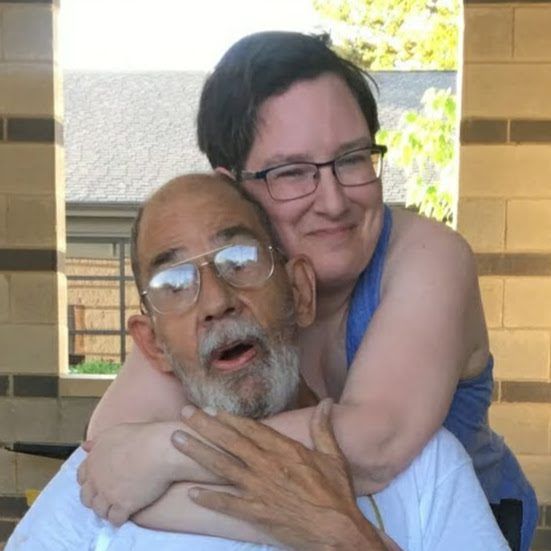Each spring, the GardenWorks Project helps families facing food-insecurity in DuPage County by building home vegetable gardens and providing organic gardening education.
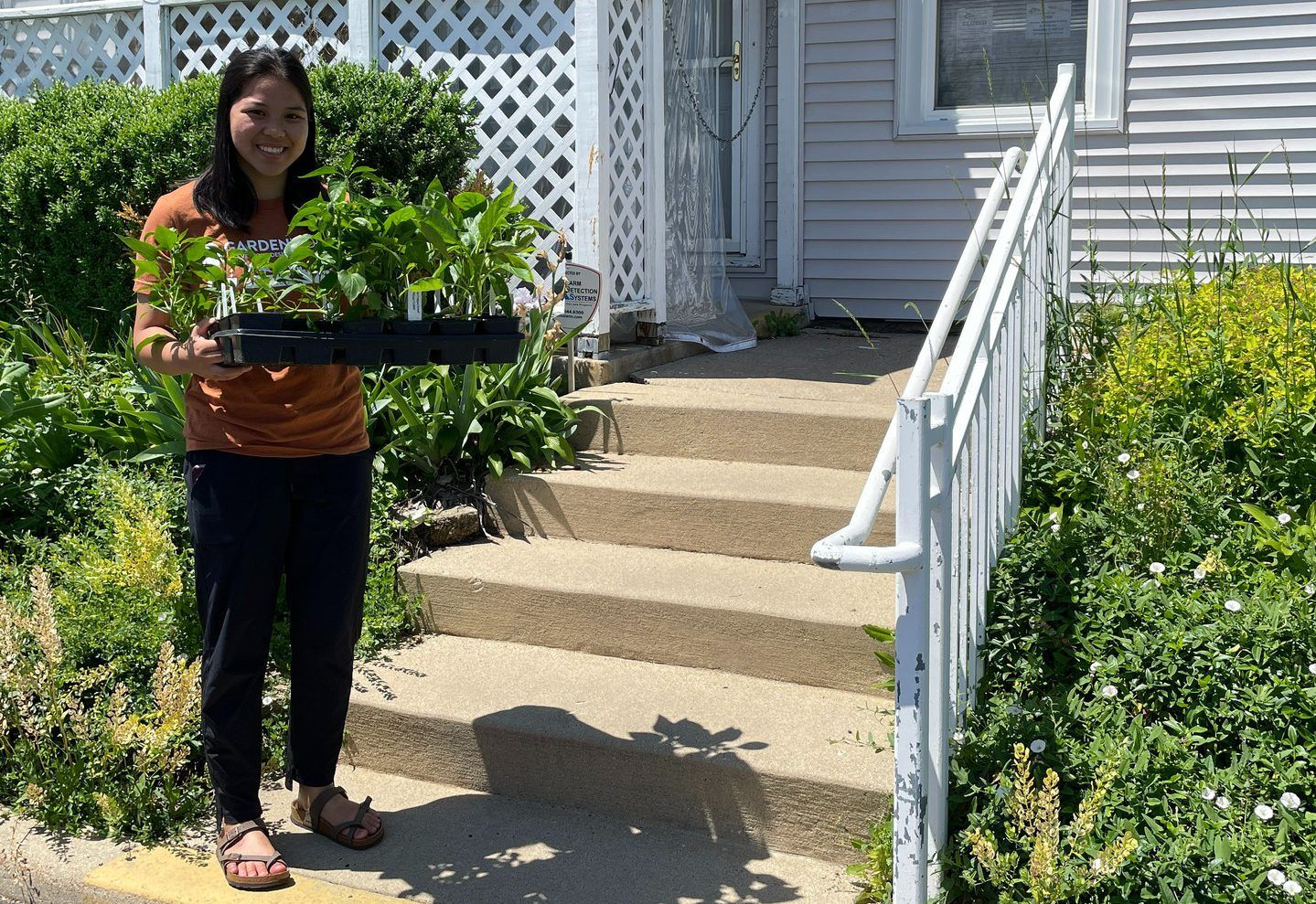
Explore the Difference Home Gardens Make
Tending the Garden, Nourishing the Soul
LuAnn remembers her family’s garden in Melrose Park thirty five years ago, as she was often given the task of gathering ingredients for whatever her grandmother might be making. LuAnn’s love for fresh produce was evident even then, as she admitted to coming back from her duties empty-handed but with a full stomach, as the bright red from the tomatoes she had picked gave her away.
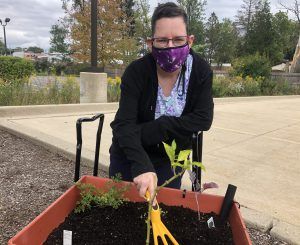
Thirty years later, now living in Villa Park, LuAnn connected with gardening all over again. Once her hands were back in the soil, much of the knowledge came back to her, and she continued to gain new knowledge from plants she had never grown before. But while the benefits of eating a tomato right from the vine are plentiful, LuAnn connected with her garden on a deeper level and described her garden balcony box as a “lifesaver.”
After losing a partner of twenty years, even the task of getting out of bed could sometimes be a daunting one. Having a garden that needed to be watered first thing before the heat of summer, LuAnn was able to move through her grief with the plants at her side. “It got me through some really rough times and to see what it produced and to know that I had a hand in it, and that I was the one doing it, was very empowering.”
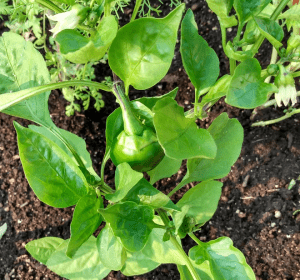
Her garden was there not only to remind her of a new day, but acted to honor her partner’s life and their time spent together, knowing he wouldn’t want her shut up inside, cloistered from the world. The garden held a space for faith as she did not hesitate to use an age-old gardening trick–talking with her plants, or even crying with them. For her, the garden was a place of connection as it inspired her to come outside. The impacts of COVID-19 hit close to home for LuAnn after her sister experienced a medical crisis, but even LuAnn’s sister contributed to the flourishing garden from their daily phone calls where she, too, had a chance to speak to the garden.
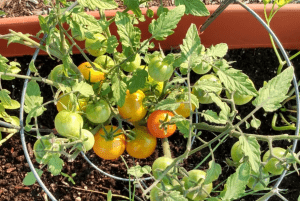
LuAnn’s garden helped her rekindle community and friendship, as she maintained the beautiful outdoor space and offered veggies from her surplus of bounty to her neighbors and friends. “I’d clip some basil, take it upstairs and put it on top of the spaghetti. Talk about fresh! You can’t get fresher than this because they could see me pick it.” She and her lucky dinner guests could easily tell the difference between grocery store produce compared to the completely different taste of what she was growing. She enjoyed fresh basil all summer long and tried fresh kale for the first time, but her highlight of the summer was getting over 40 tomatoes from her small tomato plant, her childhood favorite. Her balcony box became an example for other gardeners that even a small amount of space can produce a great amount of food.
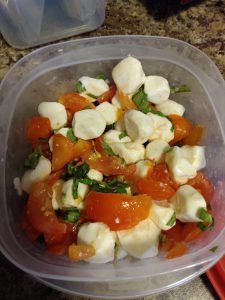
LuAnn stays connected with GardenWorks, often sending updates, sharing with us the impacts changing seasons have on the garden, as well as the impacts the garden continues to have in her life. “Thank you so much for having this project.” She let us know, “You really lit a match under something I thought had died: my creativity and my gardening.” We are honored to get a glimpse of the sanctuary LuAnn has created for herself, nourishing her creativity and delight in life. We admire her strength and perseverance and look forward to seeing her flourish next season.
Author Bio:
Adrien Guadagnino has always found connection with community and the sacred through gardening. Currently in school for Art Therapy Counseling, Adrien knows the importance of collective collaboration and believes healing comes when individuals are supported by those around them, and what better place to witness this in action than a garden. Originally from Milwaukee WI, Adrien now has found their home in Chicago and has worked many years in landscaping, specializing in midwest natives as well as urban farming. They are happy to be working with GardenWorks and learning from an organization that greatly impacts food accessibility for their Neighbors.
Seed sharing and caring for one another
All right, I have a bit of a confession to make. Even though I have been involved with the GardenWorks Project for the past three years, as I feel strongly about fighting hunger, food security and food access, I am actually not a gardener.
Blasphemous, I know, but they still seem to like me here. So, when I was introduced to Lisa Sandoval, a Food Growers Network member, I was intrigued by her story. She mentioned that through seed saving, Lisa was able to provide a GardenWorks participant with eggplant seeds native to her home nation, Liberia, so that she could grow them in her new home in the U.S. Besides being an avid lover and regular consumer of eggplant (so I was already slightly partial), I thought that was pretty resourceful–and quite heartwarming being a transplant to the area myself.
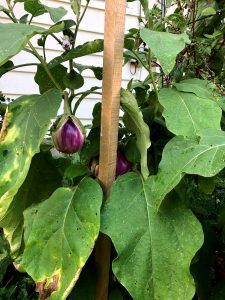
I used to think gardens were primarily a backyard thing. As I walked up to Lisa Sandoval’s home, though, I was met with a large plot of plants that seemed to be enjoying the late summer sun. I walked around an extremely impressive core of chard, tomatoes, melon with a decorative sprinkling of ‘volunteer’ pumpkins starting to get their footing, and a neighbor’s pollinator garden with milkweed (which I learned attracts butterflies), all before getting within a newspaper’s throw of the front door.
A 911 dispatcher who moved to Illinois from the Bay Area in 2014, Lisa comes from a family of farmers. Her mother hails from a family with 13 kids and used farming/gardening to feed her family. Her father, a former chef in Lisle, has his favorite seeds. While he stays loyal to certain seed brands, Lisa assures he can ‘propagate almost anything indoors.’ Lisa started growing food as a part of her family’s diet somewhat dated back to her time in California. She recalls the advantages of the more temperate climate in California. Though not an avid gardener at the time, the lemon, peach, persimmon and guava trees on her property served as a supplement to her family’s diet (Anyone else jealous? Just me? Okay.).
After the move to Illinois, she aimed to leverage her flexible schedule to find a way to eat healthier less expensively as a proactive measure against her family’s history of Type 2 diabetes. She began as a volunteer with The GardenWorks Project, and during this time, she was introduced to the concept of seed libraries. She started gardening with 2 pots and borrowed seeds from the Downers Grove and St. Charles Seed Libraries. As a frequent user of the local library myself, the terminology was somewhat familiar, but I had not heard of the concept of seed libraries. I learned it operates similar to libraries for other things (books, music, movies, etc.), only at a seed library, seeds from produce are packaged and made available to the community. The ‘return’ is for patrons to pull the seeds from the produce they grow and give it back to the library to share with other patrons.
In the search for how to best use the seeds she stewards, Lisa enrolled in a seed saving course with the GardenWorks Project. Since then, her initial 2 pots have grown to take over 6 different areas of gardens, including a repurposed LittleTikes ® Table and a fenced in patch of yard where tomato plants were expected to grow up the fence (keyword: were, turns out you can’t control plants but so much).
In her own family, Lisa picks what she grows using a bit of a system. She chooses products that her family will eat, and she gives her children liberties to choose seeds from her personal library to get them further involved in the gardening process. Second, she plants a ‘rainbow’, in terms of colors as well as whatever ‘fun stuff’ she gets from the GardenWorks Project Food Growers Network.
Seed sharing and libraries struck me as a simple, effective and portable idea to increase the diversity of produce within a garden and help someone feel a little closer to home. Lisa’s main qualification for seeds? “Seeds that are prolific enough that what you end up with is cheaper than what you can get from the store.”
As we walked through the areas of the garden, I was amazed at the variety of produce she grew in a relatively small area. She shared the tomatillo, Mortgage Lifter tomatoes, chard and jalapenos, and less common varieties, including purple oval basil, blackberry tomatoes, lemon basil and of course, eggplant.
Every garden has a story, and this one probably has a book’s worth. Lisa told us of the origin of each plant, not scientifically but rather, how it ended up in her garden and, more touching to me, who it helped.
What brought me to Lisa’s gardens was the neighborly story of Lisa provided seeds for a varietal of eggplant a client was used to growing in her native country, Liberia. A Peruvian friend familiar with Aji Amarillo paste wanted to recreate it in the U.S., but between the longer harvest cycle and the pepper’s seeds being more difficult to find, doing so was not proving successful. After being sent a post through a local mom’s group, Lisa found and cultivated the seeds, and surprised her friend with the paste.
The Thai chilies on the side of the house? A local babysitter’s stepdad traded chiles and seeds with her family (not recommended as compensation for all babysitters). The pear-shaped tomato, Japanese Black Trifele? Those returned to her garden after seeds from a previous harvest were given to a neighbor with a hydroponics garden,who then gave back tomatoes from the seeds saved.
From learning that her son’s Little Tykes ® table can actually grow a stalk of corn despite its shallow depth (it’s one ear, but it’s a win) to the discovery that large animals will still find a way into a fenced-in tomato patch, the seed saving and sharing process continues to be a learning experience for Lisa. At the end of it, Lisa says growing is ‘fun for me and it’s fun sharing it.’
In walking around Lisa’s garden and listening as she presented each plant, I marveled at the stories she shared and the community that was created, starting with these seeds. I wondered if she would have ever been able to meet as many people as she has in her gardening journey without seed saving.
With the boom of gardening during the pandemic, I think many of us have received a great opportunity to participate in the continued heritage of seed sharing. Whether it’s growing plants to nourish our families and share with others or the joy of growing and enjoying something that causes us to wax slightly nostalgic, I look forward to one day also experiencing and sharing the gift that caring for the land, our food and ourselves truly is.
About Jennifer Charles
Jennifer’s earliest and fondest memories of gardening were with her father in the backyard of their New Jersey home. Though she is admittedly too scared of bugs to become a full-fledged gardener in adulthood, Jennifer has enjoyed food and feeding people since childhood. This affection led her to pursue a career in the hospitality industry including positions in foodservice, catering and event planning. After volunteering with Northern Illinois Food Bank processing donations, she learned about food insecurity and wanted to help on a deeper level that aligned with her interest in nutrition. In 2018, Jennifer had the honor of working with The Gardenworks Project on its fall fundraiser and fell in love with its concept and mission. She looks forward to learning more about gardening and helping to eliminate food insecurity in her adopted home. Jennifer holds a Bachelor of Science in Foodservice Management from Johnson & Wales University and an MBA from Roosevelt University. In her spare time, Jennifer enjoys cooking, exercising, and reading.
How does our program help fight food insecurity?
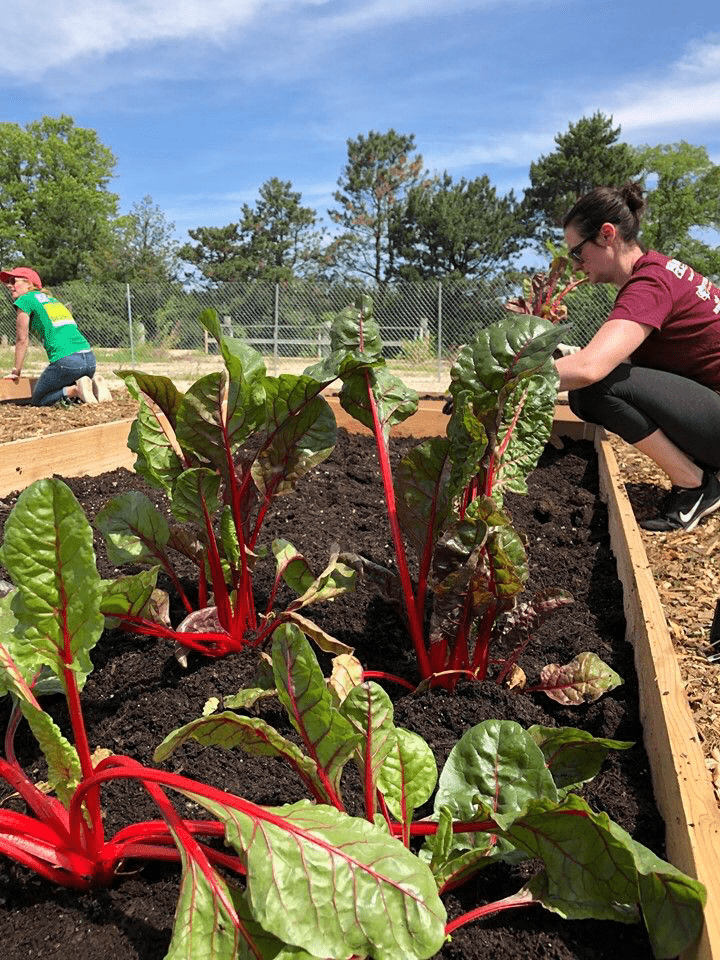
In 2021, we installed 115 gardens, and empowered 359 individuals so that they can learn the gardening skills necessary to provide their families with healthy meals. Our clients, all reliant on emergency food assistance, received a 4’ x 8’ raised bed garden, soil, compost, seedlings, seeds and gardening tools, and access to all the educational tools needed to grow a successful garden from seed to harvest.
In addition, we provide all clients a standard set of plants and providing them with a garden map to show what was planted! This helps to ensure clients receive a full bed of vegetables.
We also promote self-sufficiency and good stewardship of the Earth by introducing our new clients to composting, seed starting, and garden vegetable preparation and cooking.
2022 garden impacts



